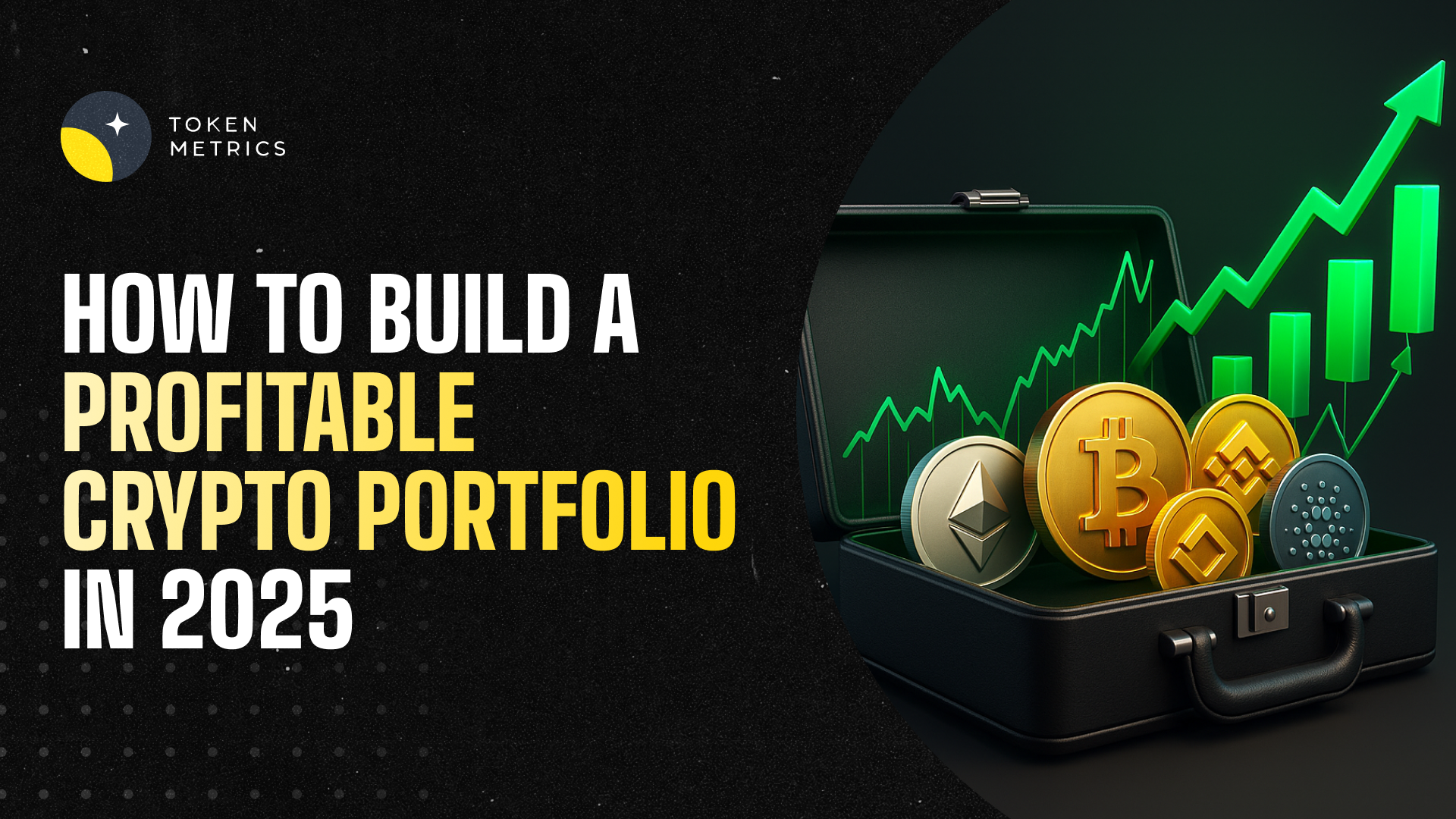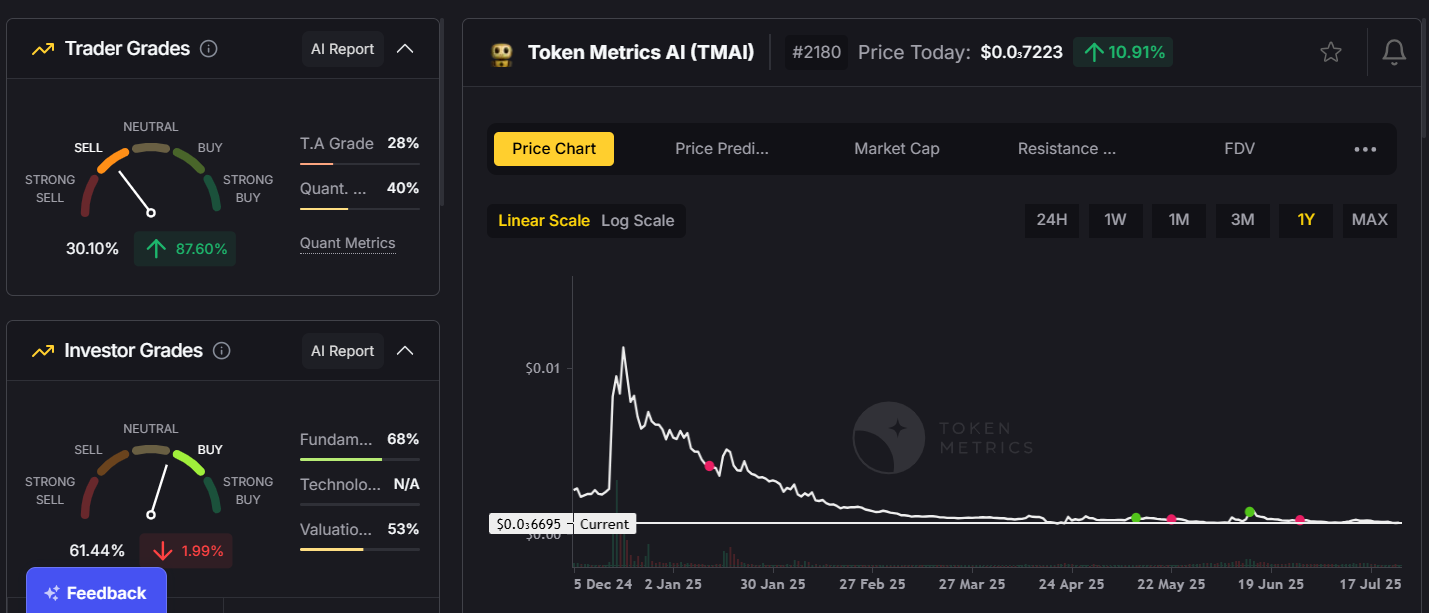
How Do I Know If a Coin Is a Rug Pull? Essential Detection Guide for 2025

The cryptocurrency market offers tremendous possibilities for investors, but it also involves notable risks. Among these dangers, rug pulls stand out as particularly damaging scams where developers abandon projects after raising funds, leaving investors with worthless tokens. With rug pulls accounting for approximately 37% of all crypto scam revenue and costing investors nearly $3 billion annually, learning how to detect these schemes early has become crucial for every crypto participant.
The term "rug pull" originates from the phrase "pulling the rug out from under someone." Typically, a project may seem promising with rising prices and active community support, only to suddenly collapse when developers vanish with investor funds. Such scams are especially common in decentralized finance (DeFi), where listing tokens often involves minimal oversight and regulation.
This detailed guide aims to equip you with the knowledge, tools, and analytical strategies necessary to recognize rug pull warning signs, protect your holdings, and navigate the crypto space more securely in 2025.
Understanding Rug Pulls: What They Are and How They Work
A rug pull is a type of cryptocurrency scam where developers create a project, attract investors through hype and promises of high returns, and then abruptly withdraw funds or abandon the project, leaving participants with worthless tokens. These exit scams are often carefully orchestrated to maximize theft before the project’s collapse.
The Anatomy of a Rug Pull
Rug pulls exploit trust and hype within DeFi ecosystems, particularly on decentralized exchanges where token listing is straightforward and lightly regulated. The common pattern involves:
- Project Launch: Developers introduce a new crypto or DeFi project with flashy marketing and high-yield promises, often with professional-looking websites and social media presence.
- Hype Generation: Social media campaigns, influencers, and crypto forums generate buzz. Investors rush to buy tokens amid FOMO, causing rapid price increases.
- Liquidity Build-Up: As demand rises, liquidity pools grow, giving an illusion of success. This phase can last days or months depending on scam sophistication.
- Sudden Exit: When the scammer deems the target reached, they drain liquidity, dump tokens, or abandon the project, causing prices to plummet to zero.
Types of Rug Pulls
Understanding different scam methods helps in identifying vulnerabilities:
- Hard Rug Pulls: Developers embed malicious code in smart contracts enabling them to withdraw liquidity at will, prevent sales, or mint unlimited tokens. These are premeditated and often illegal scams.
- Soft Rug Pulls: Developers abandon projects after selling off substantial holdings, leaving the community behind. Though not always illegal, they are unethical.
- Liquidity Pulls: Liquidity is removed from pools, causing value collapse. Developers might create pools pairing new tokens with established cryptocurrencies, then withdraw liquidity.
- Dumping Schemes: Coordinated selling by insiders causes market crashes, often after artificially inflating prices.
- Limited Sell Orders: Scammers restrict token sales to specific addresses, trapping other investors’ funds.
Critical Red Flags: Warning Signs of Rug Pulls
Spotting rug pulls early involves recognizing common warning signs:
Anonymous or Unverified Development Teams
If the project team’s identities are hidden or unverifiable, it’s a red flag. Legitimate projects list known founders with credible backgrounds on platforms like LinkedIn. Fake profiles and purchased followers are indicators of suspicious activity.
Missing or Inadequate Smart Contract Audits
Trustworthy projects undergo third-party security audits. If a project lacks an audit or refuses to share reports, caution is advised. Verify audit reports independently through the auditing firms’ websites.
Unlocked Liquidity Pools
Check whether liquidity pools are locked using tools like GeckoTerminal. Unlocked pools or those with expiring locks can be drained anytime, increasing scam risks.
Irregular Token Distribution and Whale Concentration
Examine token holdings on explorers like Etherscan. Large holdings by few addresses suggest potential for price manipulation or dumping. Spread-out distributions are safer.
Unrealistic Returns and Yield Promises
Promises of extraordinary yields—such as double-digit daily APYs—are typical red flags. Such schemes are often Ponzi or scams and not sustainable long-term.
Vague or Missing Whitepapers
Legitimate projects publish detailed whitepapers explaining technology, tokenomics, and roadmaps. Vague, plagiarized, or missing documents indicate potential fraud.
Excessive Marketing and FOMO Pressure
Overhyped campaigns, artificial urgency, and influencer-driven FOMO can signal scams. Genuine projects focus on delivering value over hype.
Sudden Unexplained Price Spikes
Artificial surges without fundamentals are common on scam tokens before they crash. Monitor news and fundamentals to verify price movements.
Poor Smart Contract Code Quality
Substandard or suspicious code on blockchain explorers signals inexperienced developers or malicious intent. Use analysis tools like Token Sniffer to evaluate contract safety.
Low Trading Volume
Authentic projects typically maintain active trading. Declining volume suggests loss of interest or impending exit scams.
Tools for Detecting Rug Pulls
Technological tools are vital for early detection:
- GeckoTerminal and DEX Scanners: Provide liquidity lock status, holder analytics, and suspicious activity detection.
- Blockchain Explorers (Etherscan, BscScan): Allow deep dives into smart contracts, transactions, and token distributions to spot red flags.
- Token Sniffer and Security Platforms: Use AI-driven analyses to assess contract safety scores and identify malicious code patterns.
Leveraging Token Metrics for Rug Pull Protection
While automated tools help identify immediate risks, platforms like Token Metrics offer comprehensive insights powered by AI to evaluate project legitimacy and risks better. They analyze project teams, smart contract security, liquidity, community sentiment, and historical patterns to detect potential scams.
Discover Crypto Gems with Token Metrics AI
Token Metrics uses AI-powered analysis to help you uncover profitable opportunities in the crypto market. Get Started For Free
Best Practices for Avoiding Rug Pulls
- Conduct thorough research: Investigate project backgrounds, teams, code, and communities. Verify claims independently.
- Start small and test projects: Invest minimal amounts initially, increasing only after sustained legitimacy.
- Verify liquidity lock status and audits: Use tools to confirm liquidity is locked and check audit reports for security.
- Monitor community engagement: Engage with project communities and observe transparency and responsiveness.
- Use reputable exchanges: Prefer well-known platforms with stricter vetting processes.
- Diversify investments: Spread over multiple projects and assets to reduce risk exposure.
- Stay informed: Follow trusted news sources, security platforms, and community alerts.
What To Do If You’ve Been Rug Pulled
Even with precautions, scam damages can occur. Immediate steps include:
- Report the scam: File reports with community platforms like Chainabuse, SEC, or FTC. Share detailed evidence.
- Warn others: Post factual warnings on social media, Reddit, and community channels with transaction details.
- Document everything: Keep records of transactions for potential tax claims and future analysis.
- Learn from the experience: Analyze missed signs and refine your research process for future investments.
Conclusion: Staying Safe in Crypto's Wild West
Rug pulls pose a significant threat, costing billions annually, but awareness and analytical tools can mitigate risks. Recognizing red flags such as anonymous teams, missing audits, unlocked liquidity, and unrealistic promises is vital. Employ platforms like Token Metrics for in-depth risk assessment and project validation.
Combining vigilant research, disciplined investing, and AI-powered analytics helps navigate crypto securement. Remember, if something seems too good to be true, it likely is. Protect your investments and participate responsibly in this exciting, fast-evolving industry in 2025 and beyond.

.svg)

Create Your Free Token Metrics Account

.png)




%201.svg)
%201.svg)


%201.svg)









.png)




.svg)




.png)